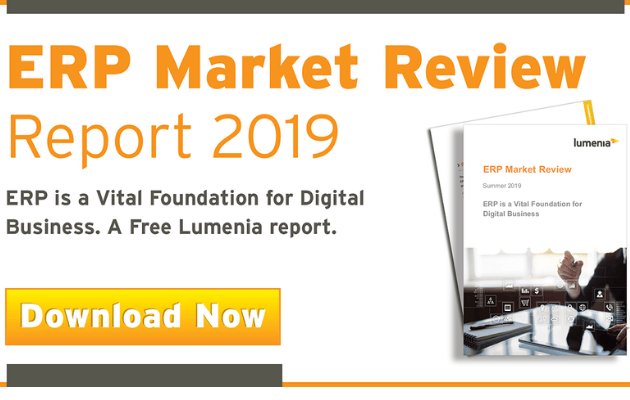Cloud ERP – Old News?
In some ways Cloud ERP is old news at this stage. Only a few short years ago many asked whether ERP would really take to the cloud. Our clients wondered about security and reliability.
Notwithstanding some high-profile outages in public clouds, those concerns have largely disappeared. Two of the leading ERP solutions (Workday and NetSuite) were born and bred in the cloud and most of the others have cloud options which are actively pushed as preferred deployment options by their vendors.
However, it is not all plain sailing and cloud deployments have introduced new complexities for customers to manage. Firstly, the vendors’ cloud deployment models tend to differ. Some are multi-tenant public cloud SaaS. Others are single tenant. Some are only available on one public cloud, others have multiple options. Some are cloud only, others provide hybrid and on-premises options.
A second factor is the role of cloud solutions in “postmodern ERP” landscapes, where loosely coupled integrations of different cloud-based point solutions create an agile and interconnected whole. This fragmentation of an organisation’s enterprise system landscape was heralded as a break from the monolithic lock-in of big ERP that would deliver much sought-after agility and cost-savings. There are merits to this argument but when the level of integration gets complicated and the various components reside on different clouds using different cloud models there is potential for added complexity, a different management overhead, overlapping upgrade cycles and an erosion of the economies of infrastructural scale that cloud should deliver.
While the positive aspects of cloud solutions are clear to most, there are some downsides. Added complexity can come from the number of integrations, helping create a market for cloud management services to address this. The potential erosion in economies of infrastructural scale from managing multiple “as-a-service” contracts is another factor to consider.
These are examples of potential complexity to the ever-evolving cloud ERP picture. There are definite cases where it makes most sense and there are cases where it doesn’t. As with everything, there are pros and cons that need to be understood and balanced. The above highlights some of the potential complexities that should be considered when choosing your cloud-based solutions.
For more on this and other ERP market news and opinions read the full Lumenia ERP Report 2019 from Lumenia’s John Donagher and Ian O’Toole, Managing Partners.



